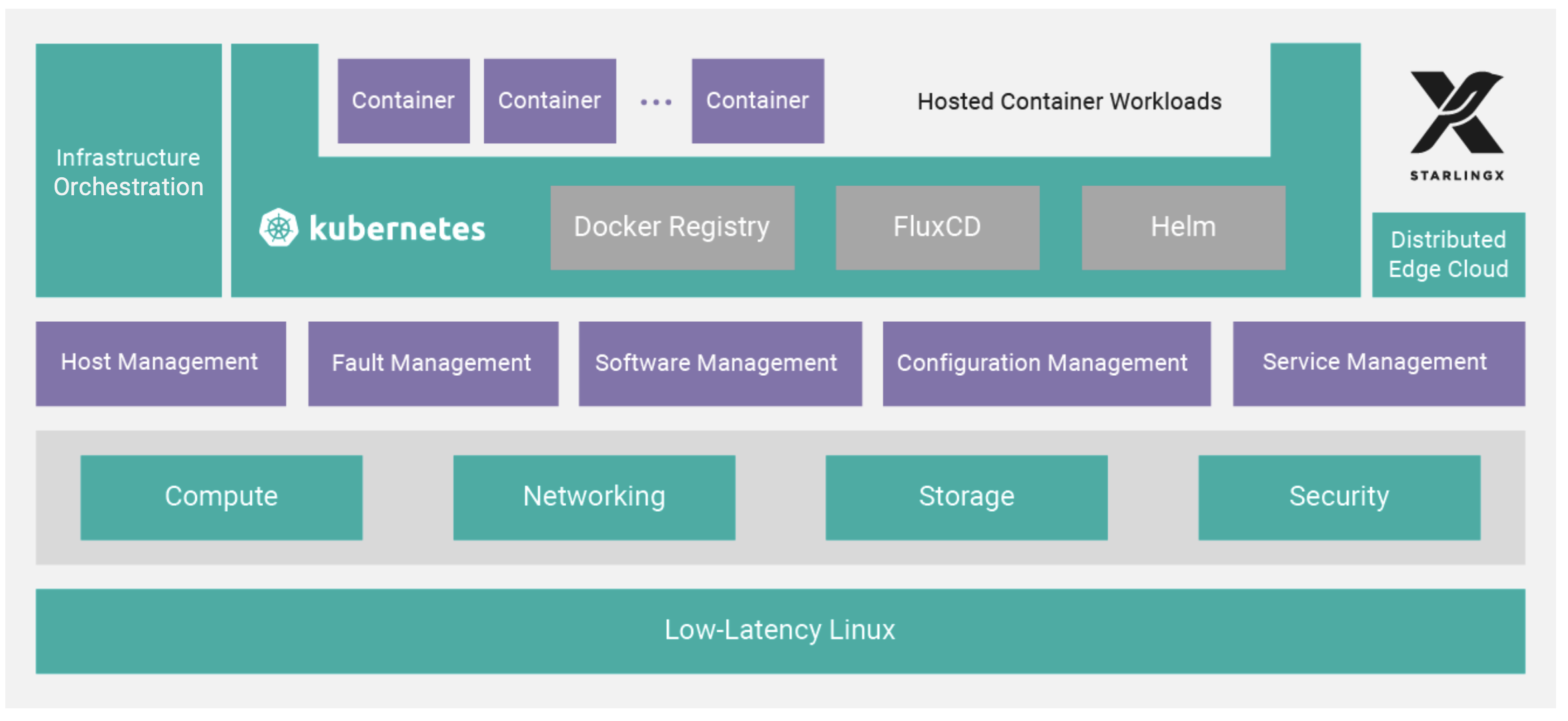Wind River Studio Distributed Cloud
Wind River® Studio provides a complete cloud-native infrastructure software stack, based on the StarlingX open source project.
ARCHITECTURE

FEATURES AND BENEFITS
- Distributed cloud: Heterogeneous distribution of Kubernetes clouds includes a central cloud (system controller) and remote, geographically dispersed edge clouds. Studio supports centralized deployment of a container platform on subclouds with subcloud health monitoring and management.
- Day One and Day Two capabilities: Deploying and managing a distributed cloud is complex. Studio includes features to help ease the burden and complexity. With zero-touch provisioning and automated fault management and deployment of updates and upgrades, all through a single pane of glass, operators can keep their cloud optimized to provide revenue-generating services to their customers without interruption.
- Host management: Studio provides full lifecycle management of the host, detecting and automatically handling host failures and initiating recovery. It also provides monitoring and fault reporting for cluster connectivity, critical process failures, resource utilization thresholds, interface states, and more.
- Fault management: Studio provides a framework for infrastructure services via API to set, clear, and query customer alarms as well as generate logs for significant events. It maintains an active alarm list and provides a REST API to query alarms and events.
- Software management: Automated deployment of software updates for security and/or new functionality includes an end-to-end rolling upgrade solution and supports in-service and reboot required patches.
- Configuration management: Studio manages installation through auto-discovery of new nodes, managing installation parameters, and bulk provisioning of nodes through the XML file. It also handles nodal configuration and inventory discovery.
- Service management: With a high availability manager with an N+M redundancy model or N across multiple nodes, Studio uses multiple messaging paths to avoid split-brain communication failures. It also provides active or passive monitoring of services.

